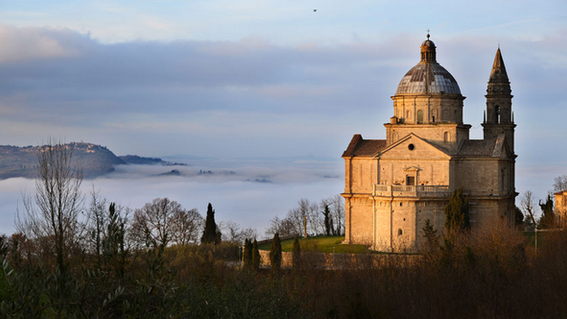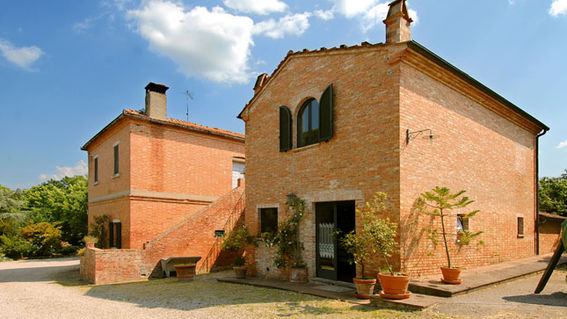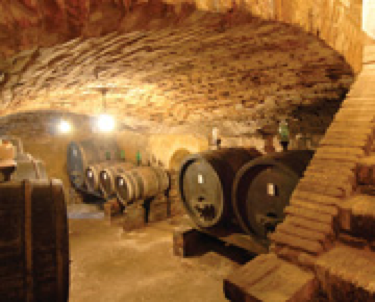
Fanetti
Toscana

About the Winery
The Sant' Agnese Estate has now been run by three generations of the Fanetti family, beginning with Adamo, followed by Giuseppe, and now Elisabetta, who picked up her father's secrets over the years by accompanying him through the vineyards as a young girl. The first renaissance of the Vino Nobile took place in the 1920s, thanks to Adamo Fanetti. He brought his wine to the wine fairs that took place in Siena in the 1930s, and from that moment the wine's fame was assured. Awards came quickly, including international recognition, such as the gold medals won at the Grands Prix of Paris, Ljubljana and Milan. Fanetti was the Vino Nobile, and the two would become synonymous. Adamo was one of the foudners and early promoters of the wines of Montepulciano, eventually helping to create the Vino Nobile di Montepulciano DOCG.
Toscana
Montepulciano is one of the main wine-growing areas of Tuscany, and its history has been intertwined with the cultivation of vineyards and the production of quality wines for centuries. The wine was well known in medieval times. Pope Paul III (Pope between 1534-1549), a noted wine connoisseur, had it brought directly from Montepulciano to stock his wine cellars. The Tuscan region overall is hilly, with about a quarter of the Tuscan landscape mountainous and a scant 8 percent is officially classified as flat. Approximately 57,942 hectares of the region's nearly 23,000 square kilometers is under vine. Soils in Tuscany range from soft and crumbly, marl-like clay-limestone and dense sandstone in the Apennine foothills to sandy clay around San Gimignano and gravelly clay and sandy soils in the Bolgheri and Maremma areas. Tuscany's climate is Mediterranean with dry, hot summers; warm springs; and mild, rainy autumns and winters. Variations in altitude, exposition, and diurnal temperatures in the foothills contribute to climatic conditions that help balance the sugar, acidity, and aromatics in the grapes primarily Sangiovese planted there. source: SevenFifty Daily

Vineyard(s)
Ratings & Reviews
Title | Item | Vintage | Publication | Score | Review |
|---|---|---|---|---|---|
Fanetti | Rosso di Montepulciano 2021 | 2021 | 91 | Full, supple and dry with notes of black cherry, fig, plum, bay leaf, dark chocolate and cedar. | |
Fanetti | Vino Nobile di Montepulciano Riserva 2018 | 2018 | 94 | Full, tart, finely chewy and dry with notes of red and black cherry, stewed tomato, mushroom, salumi, cedar and clove. | |
Fanetti | Vino Nobile di Montepulciano Riserva 2018 | 2018 | 93 | Dried figs, cherries, then dirt, anise, coffee and old leather appear on the nose. The fruit is lighter and brighter on the palate, with more coffee and a touch of orange peel. Firm, grippy tannins and a smoldering heat conclude this classic expression of Vino Nobile with an indulgent yet primitive earthiness. | |
Fanetti | Vino Nobile di Montepulciano Riserva 2017 | 2017 | 92 |









